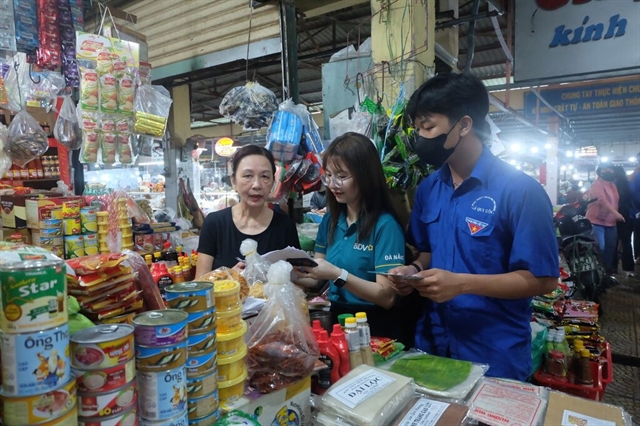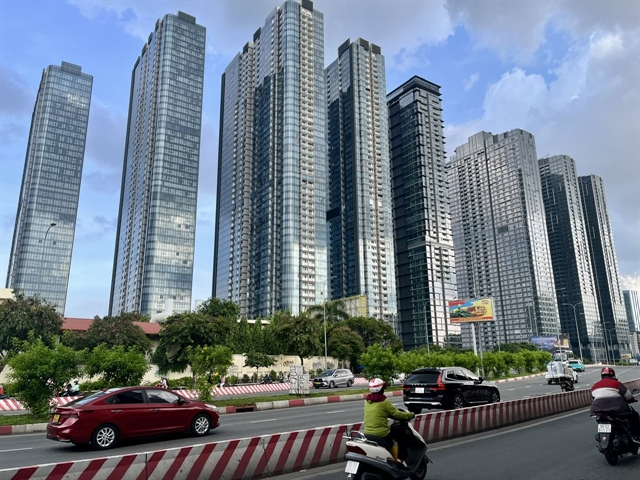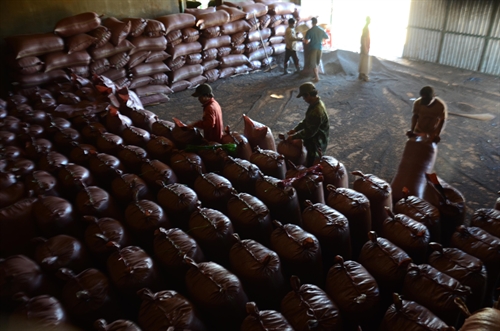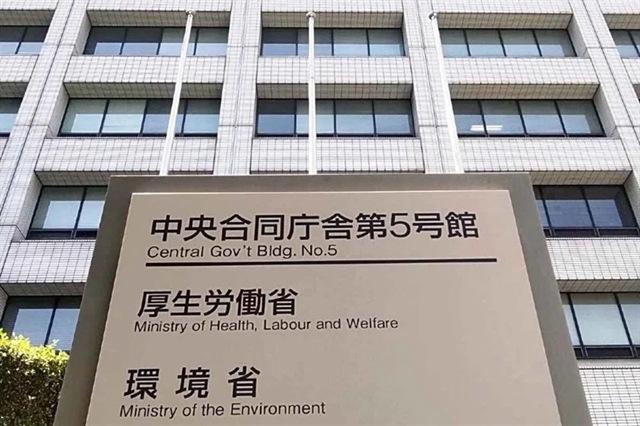 Economy
Economy

Việt Nam’s pepper industry plans to focus on improving quality to ensure long-term growth and satisfy demand from import markets, an official of the Việt Nam Pepper Association (VPA) has said.
 |
| Workers package pepper for export in Đắk Song District of Đắk Nông Province. Pepper farmers, processors and distributors should focus more on safety and hygiene to meet the higher food safety requirements of big importers like the US and the EU. VNA/ VNS Photo Ngọc Minh |
HCM CITY –Việt Nam’s pepper industry plans to focus on improving quality to ensure long-term growth and satisfy demand from import markets, an official of the Việt Nam Pepper Association (VPA) has said.
Speaking at its annual meeting in HCM City yesterday, VPA’s chairman Đỗ Hà Nam said the industry had seen robust growth, but faced challenges related to climate change and stunted vines on farms.
High pepper prices in recent year have persuaded farmers to expand cultivation, even on unsuitable land without any planning, while the overuse of fertilisers has caused plants to degenerate quickly and be more vulnerable to disease.
“New free trade agreements will open opportunities for the industry to boost exports but there are challenges, especially in ensuring quality, hygiene and food safety,” he said.
With import markets like the US and EU demanding higher food safety requirements, VPA and delegates at the meeting called on farmers, processors and distributors to focus more on safety and hygiene.
They also suggested speeding up the process of sustainable pepper production to improve quality and better protect the environment.
Trần Minh Tâm, director of the EaKtur Coffee Company, said his company was trying to implement a sustainable process for pepper production.
However, this kind of cultivation requires high investment costs, but the price is only VNĐ3,000 higher than pepper grown under typical methods. As a result, farmers do not have a strong interest in using the sustainable method.
He suggested that VPA develop measures to increase purchase prices of certified sustainable pepper and raise awareness among farmers about production following safety standards.
Đặng Bá Đàn, director of the Pepper Research and Development Centre, suggested that the industry use organic fertilisers and disease-resistant seedlings for their pepper farms
Delegates suggested that the Ministry of Agriculture and Rural Development quickly review the list of pesticides and ban the use of chemicals containing active elements such as Carbendazim, Permethrin, Methalaxyl and others, which foreign markets have banned from using in pepper production.
Bùi Chí Bửu, former director of the Southern Institute for Agricultural Science and Technology, said pepper exporters should develop close links with farmers to better control quality.
Strong growth
Việt Nam’s pepper exports hit a record US$1.27 billion last year, with 133,569 tonnes of the spice exported, a drop of 12 per cent in volume but a rise of 5.4 per cent in value over 2014, Nam said.
In the first four months of the year, exports were worth $561.68 million, 9.36 per cent higher year-on-year, he said, adding that Việt Nam’s pepper exports were expected to reach 150,000 tonnes this year.
By the end of last year, the country had 85,000ha under pepper, yielding130,000 tonnes of pepper.
Việt Nam accounted for 32 per cent of the world’s total pepper output and held more than 56 per cent of world market share.
Vietnamese pepper products are exported to 100 countries and territories, with Asia, Europe and the US being the biggest markets.
According to the latest report of the International Pepper Community, in recent years global demand for the spice increased at an average rate of 3.5 per cent per year or 10,000-12,000 a year.
Global consumption could be 450,000 tonnes per year in the near future, it said.
The impact of unfavorable weather such as El Niño, and typhoons in main producing countries such as Indonesia, Brazil, India and Việt Nam, will shrink output, so demand is expected to be higher than supply despite the increase in cultivation areas in many countries, according to IPC. - VNS




